The line of Kaholo stand-up paddleboards (SUPs) from Chesapeake Light Craft merge a trendy new sport with the world of build-it-yourself wooden boats. These kits are thoughtfully developed, and they yield a state-of-the-art wooden SUP. For those wishing to scratch-build, plans consisting of instructions and full-sized patterns are available as well.In just a few years, the CLC boards have already evolved through several generations, refining their dimensions, strength, and ease of construction. The hulls are beamy and stable, with a flat run aft, reverse transoms, and a very pronounced V forward. The boards have an actual boaty-looking, wave-cutting bow. Two models are offered, at 12' 6" and 14', to accommodate smaller and larger paddlers, respectively. The newer 12' 6" model was also developed to conform to class-racing rules.As we all know, two boats in sight of each other automatically means a race, and SUPs are no exception. Classes and events have developed, as have different SUP tribes. The various denominations include surfing, open-water races, flat-water racing, whitewater paddling, and touring. There’s great potential for paddle-board expeditions, too: Two evidently unemployed 20-somethings paddled the East Coast from Key West to Portland, Maine, last year. Less ambitiously, I have added picnics and evening cocktail cruises to the list of SUP pursuits, deftly strapping a cooler to the aft deck.
Join The Conversation
We welcome your comments about this article. If you’d like to include a photo or a video with your comment, please email the file or link.
Comments (2)
Leave a Reply
Stay On Course

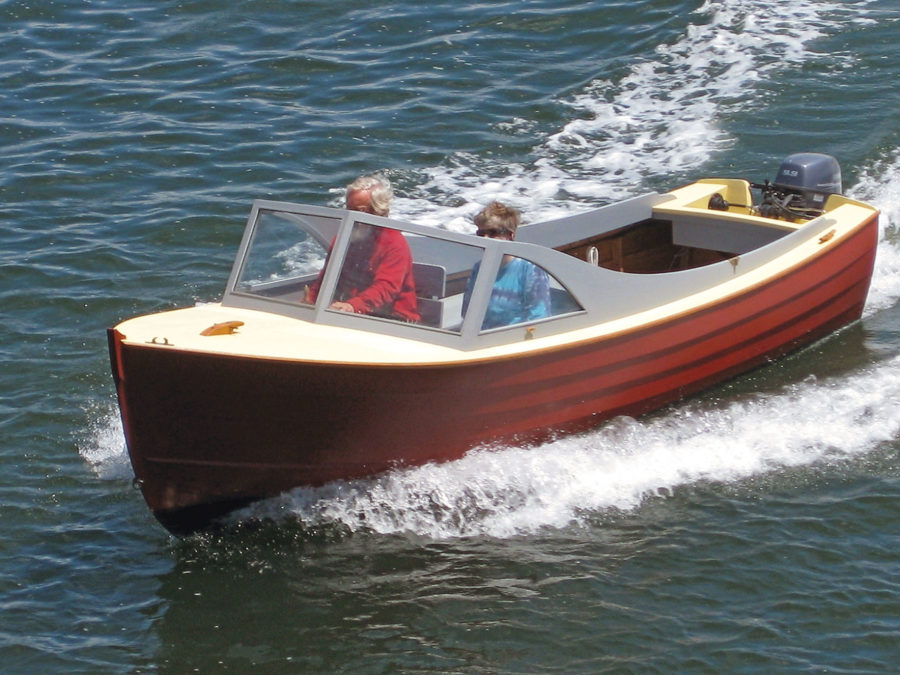
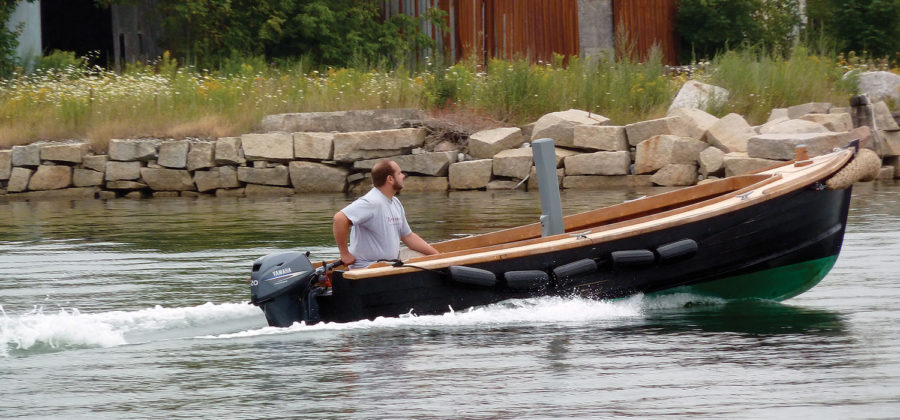

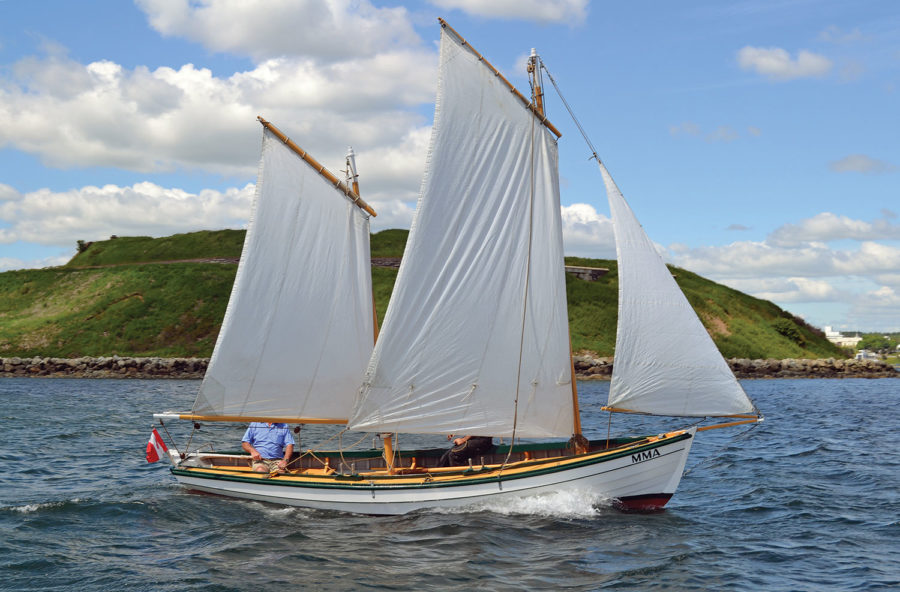
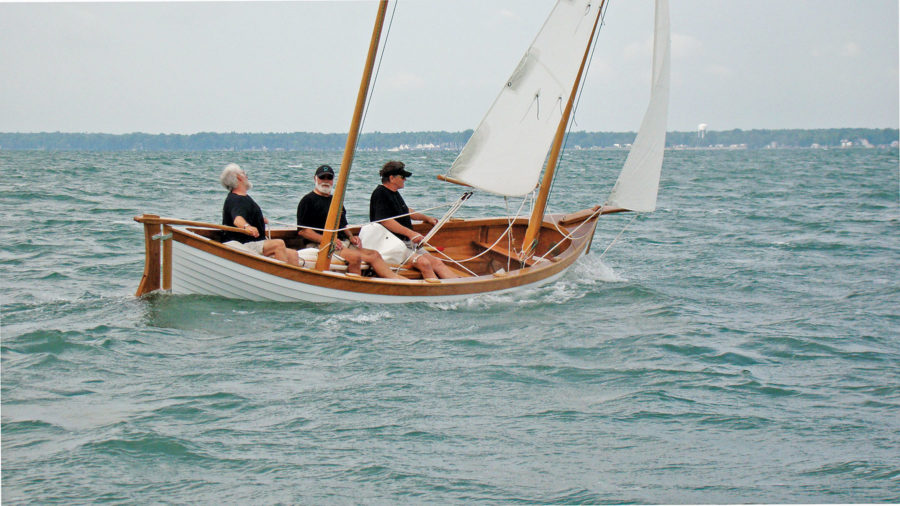
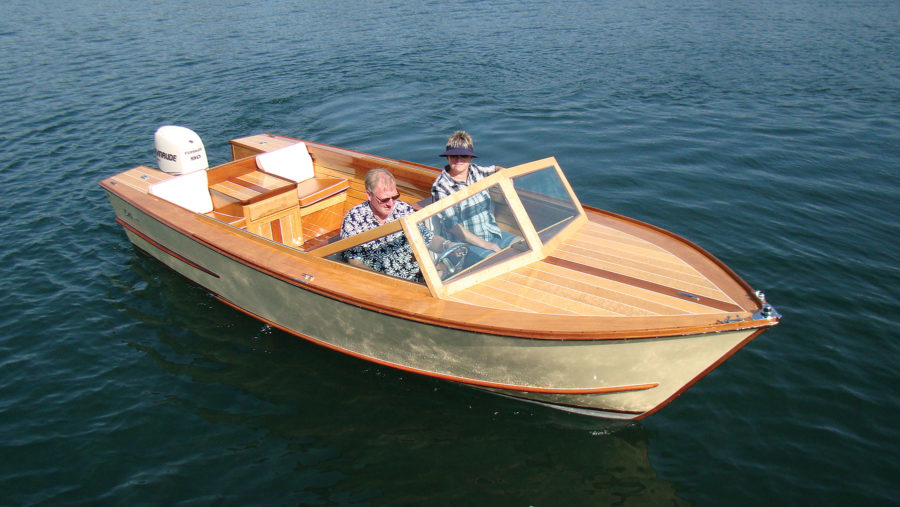
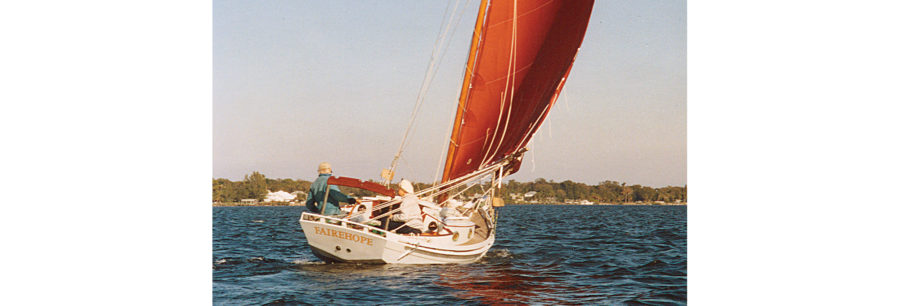
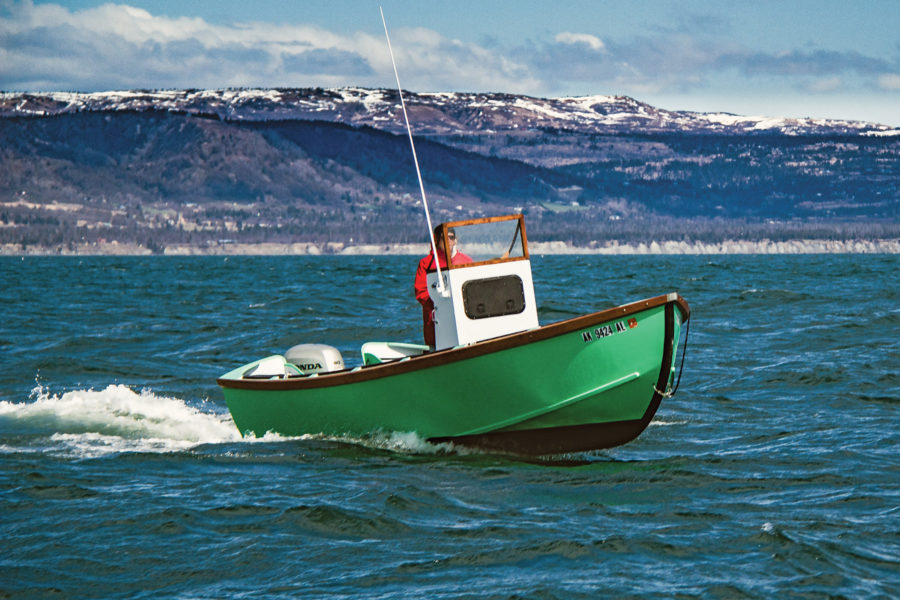
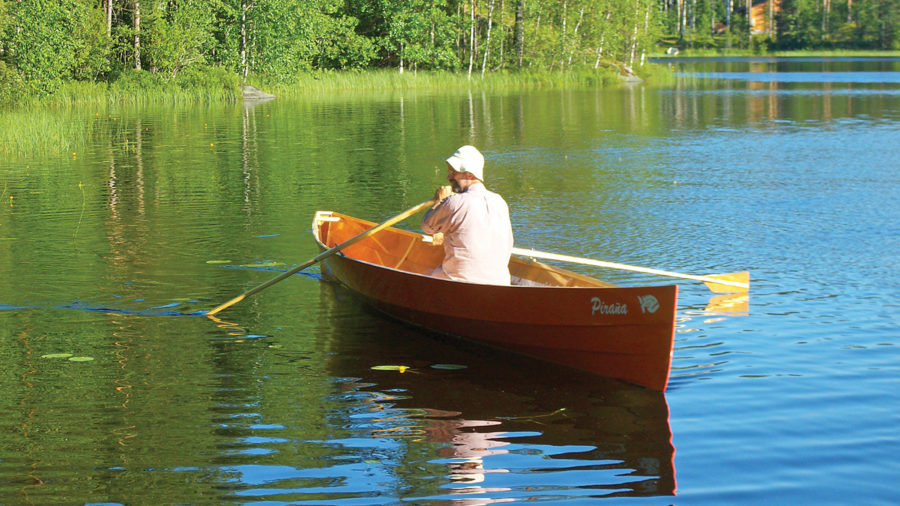
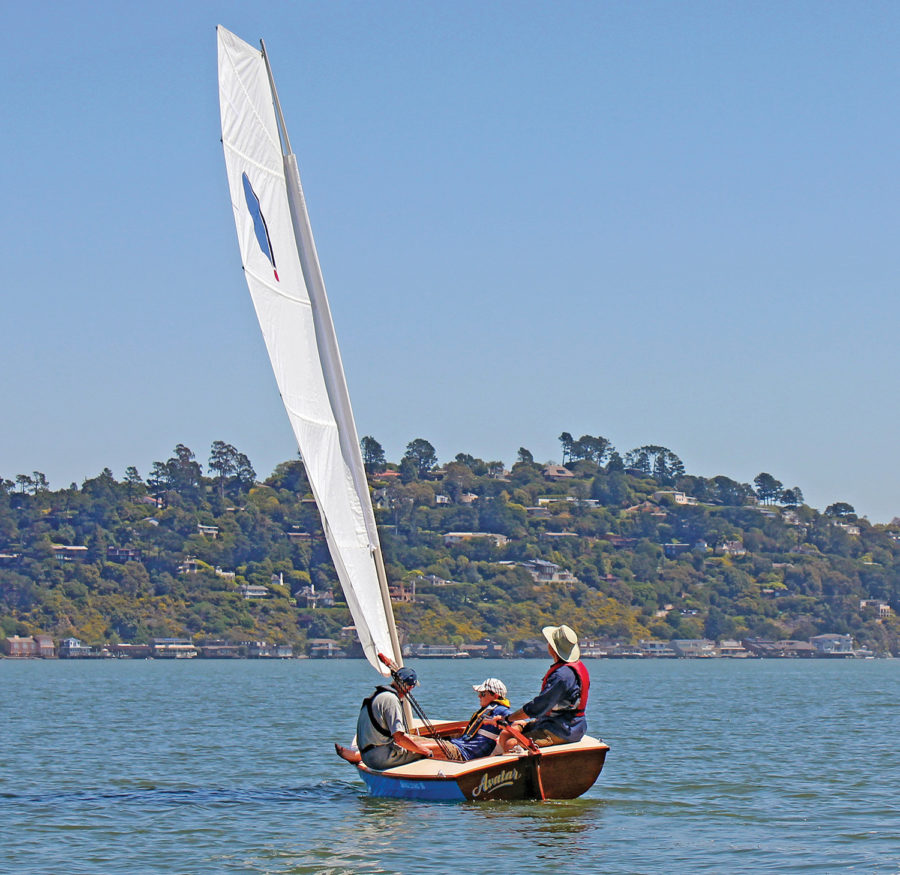
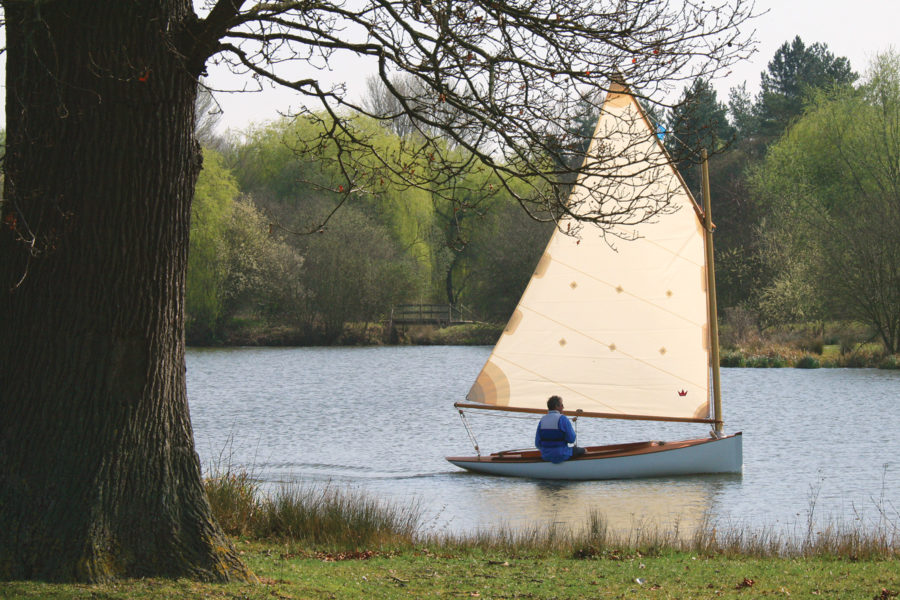
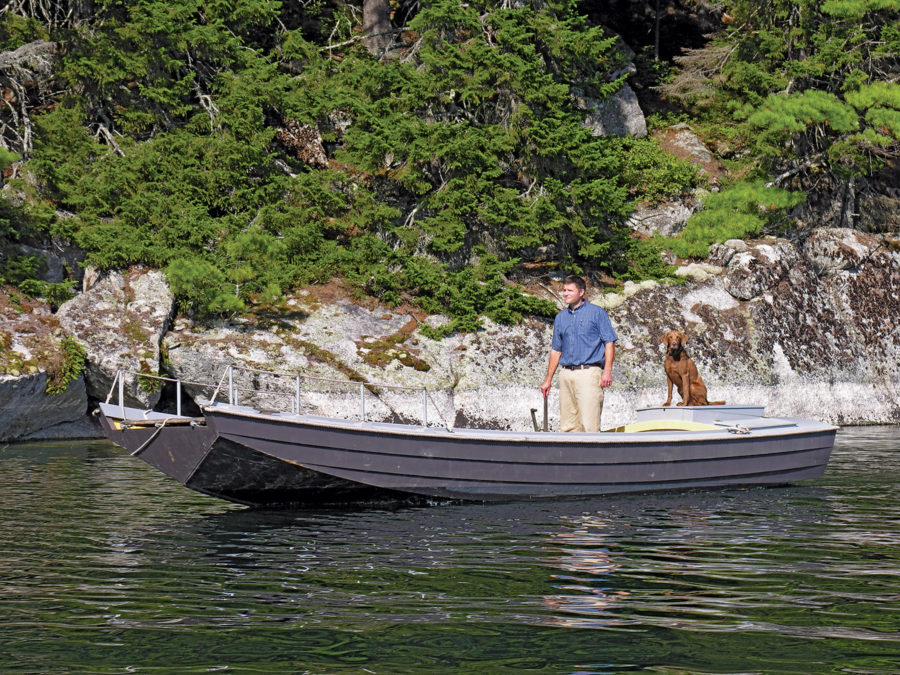
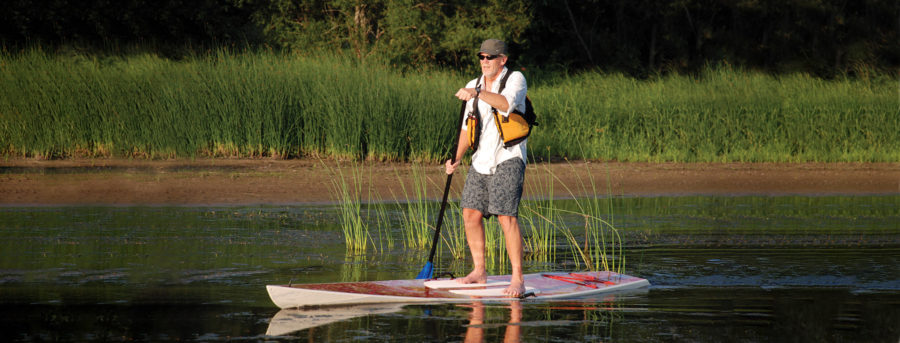
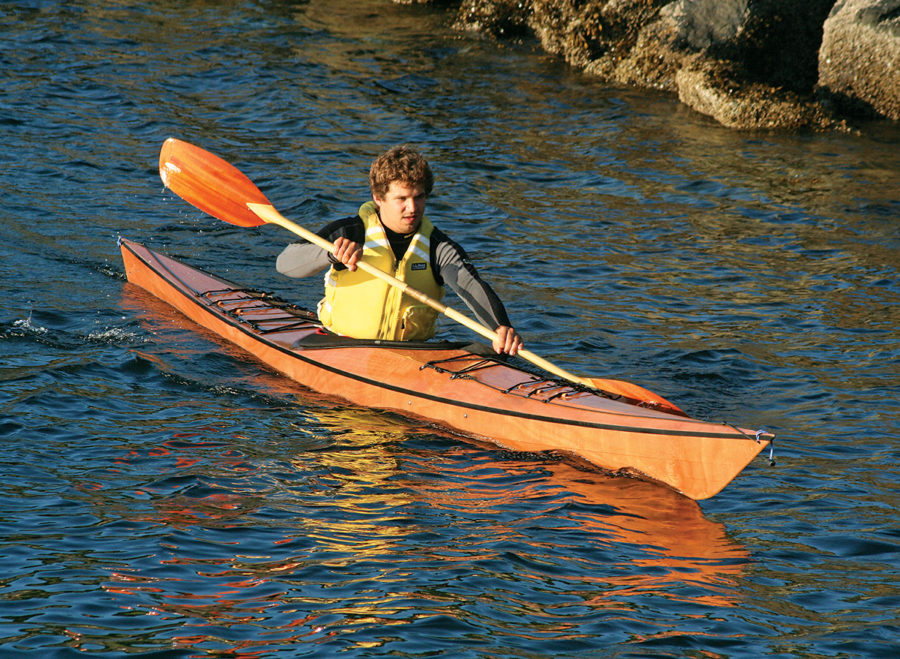
Hi Jeff,
At 75, not quite ready to build a SUP
but wanted to let you know we’re still thoroughly enjoying the Annapolis Double
Wherry we built under your guidance at
The Wooden Boat School in ‘18.
Nice work Geoff! Good to see you writing and building!